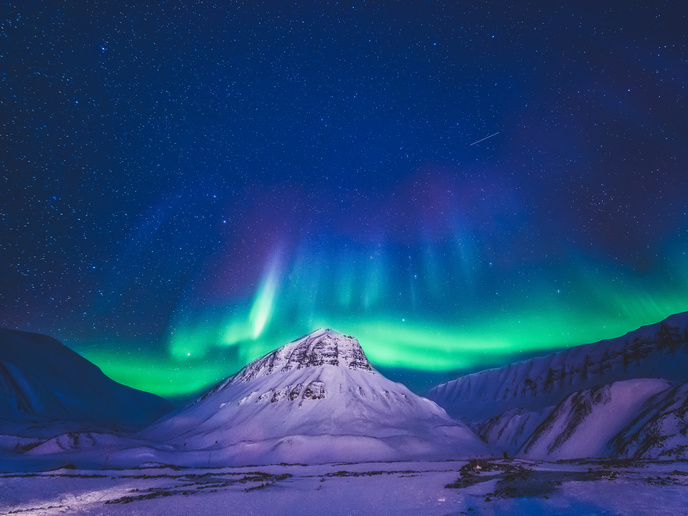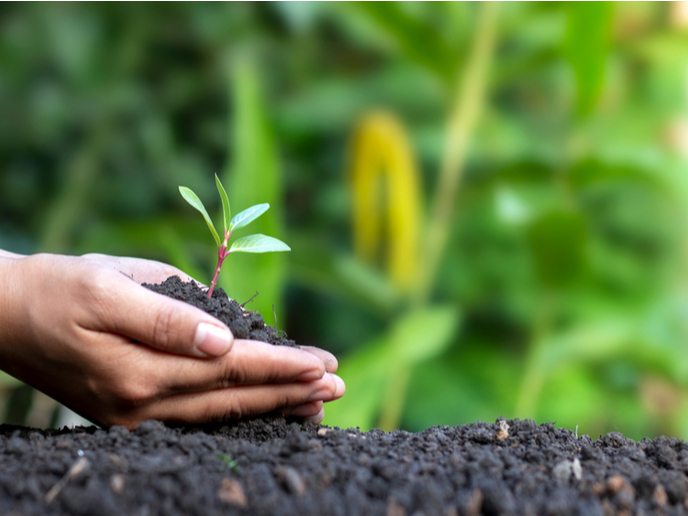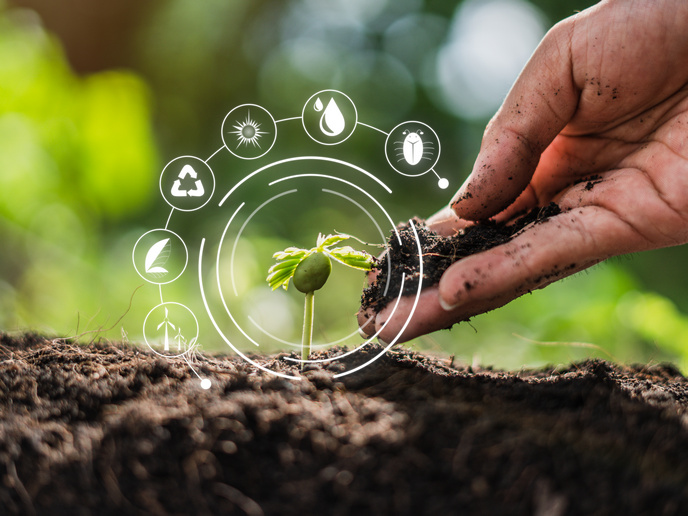Inspiring next-generation Arctic ecosystem research
Climate change is fundamentally altering Arctic ecosystems, more rapidly than anywhere else on the planet. Atmospheric carbon trapped in Arctic soils for millions of years is now being released as the greenhouse gases carbon dioxide and methane. Yet despite this knowledge and decades of research, scientists are still unclear as to the exact scale of this carbon transfer, and how this will interact with the global warming that is causing it. “One significant challenge is the absence of experimental evidence regarding the future escape of carbon under anticipated climate conditions,” explains Ivan Janssens(opens in new window), professor in the Department of Biology at the University of Antwerp and FutureArctic(opens in new window) project manager. Scientists often find themselves lagging behind reality because field observations are limited to current conditions, Janssens explains. “By the time sufficient evidence has been gathered and analysed, the climate has already shifted, along with all its associated feedback mechanisms,” he notes. Surprisingly, the rate of carbon escape has frequently exceeded scientists’ expectations. “This is where the true value of the FutureArctic site lies: it offers large-scale experimental evidence of future scenarios,” says Janssens. In the EU-funded FutureArctic project, undertaken with the support of the Marie Skłodowska-Curie Actions(opens in new window) programme, Janssens and his team trained early-stage researchers (ESRs) to better analyse the potential carbon exchange in the Arctic. The project is running a unique experiment in Iceland, using machine learning and an ‘ecosystem of things’ to analyse large volumes of environmental data streams at a geothermally controlled site.
Creating an ‘ecosystem of things’
The term ‘ecosystem of things’ was inspired by the ‘internet of things’, referring to a connected infrastructure designed to enhance our understanding of larger systems. FutureArctic’s goal was to provide foundational research for establishing a network of connected sensors within a natural ecosystem. This would enable simultaneous assessment of multiple ecosystem processes and open new avenues for advanced analysis of ecosystem functioning through machine learning. Some ESRs developed new sensor prototypes that allow for high-resolution measurements of complex ecosystem processes, such as root growth and soil water fluxes, and have pioneered new technologies for drone observations. Other ESRs concentrated on deepening the fundamental understanding of plant and soil health. One intention of the project is to equip field sites with multiple sensors and conduct initial analyses of ecosystem processes through machine-assisted methods to complement traditional field and experimental research. “Integrating these two approaches could significantly enhance our ability to refine ecosystem models, particularly those predicting future carbon sinks in ecosystems,” adds Janssens.
Inspiring connections between scientific disciplines
Through the project, the researchers developed protocols to analyse data using machine learning, which called for multidisciplinary collaboration. “This required environmental scientists to deeply understand the needs of AI researchers, and AI researchers to grasp the complexities of monitoring a natural ecosystem,” notes Janssens. “A major breakthrough has been establishing this connection, and we are already considering the next level of integration.” The team hopes the results demonstrate the potential benefits of setting up highly instrumented ecosystems and using machine-assisted early analysis to explore the complexities of future carbon release and uptake in ecosystems more deeply. “If we can inspire others to explore this approach, it would already mark a significant success,” says Janssens.







